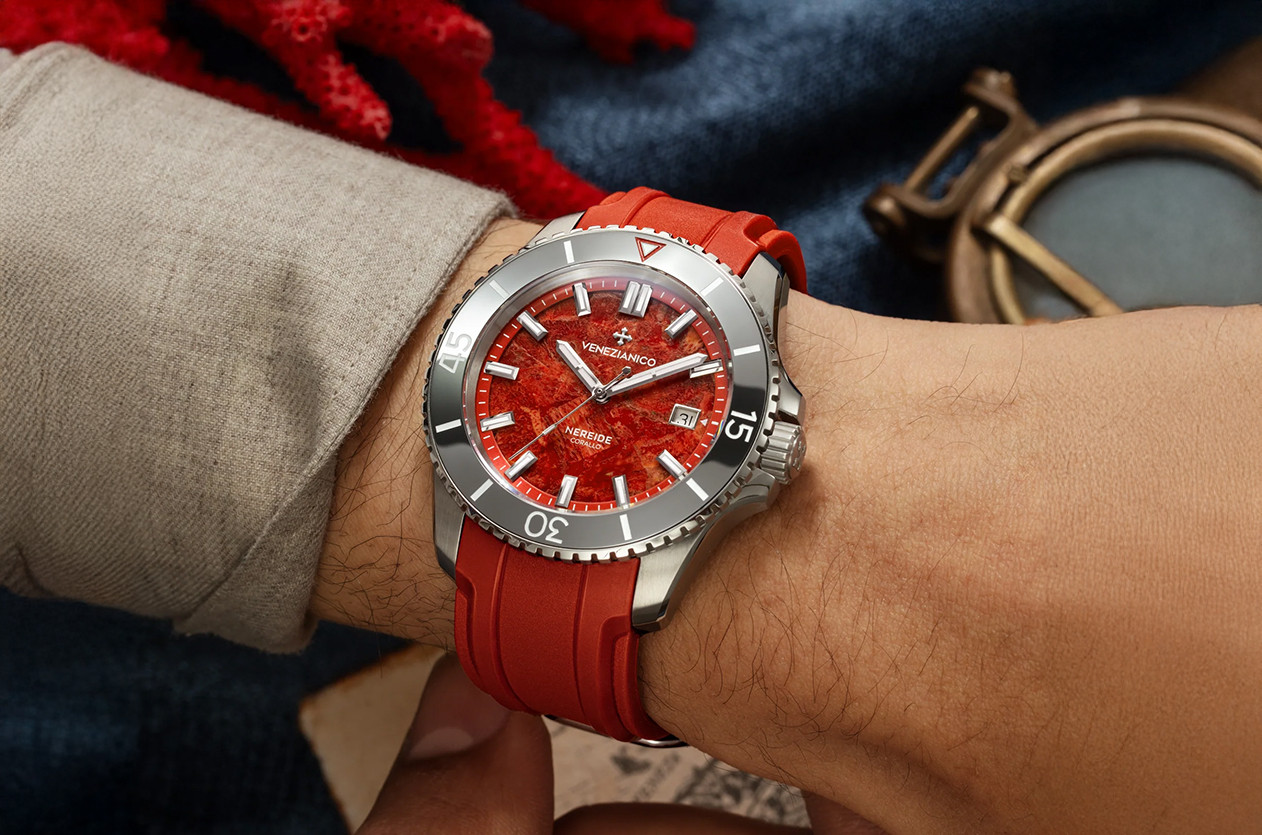
Introducing Venezianico Unveils the Nereide Corallo
Welcome to the hub of the horoloy
A barrel is a hollow, cylindrical metal component in mechanical watches, sealed with a lid, surrounded by a ring of gears. The barrel serves as the energy storage unit, powered either by manual winding (via the watch’s crown) or by the movement of the wearer’s wrist in automatic watches. This stored energy is essential for operating the watch's movement.
1. Mainspring:
2. Winding:
3. Power Reserve:
4. Connection to the Gear Train:

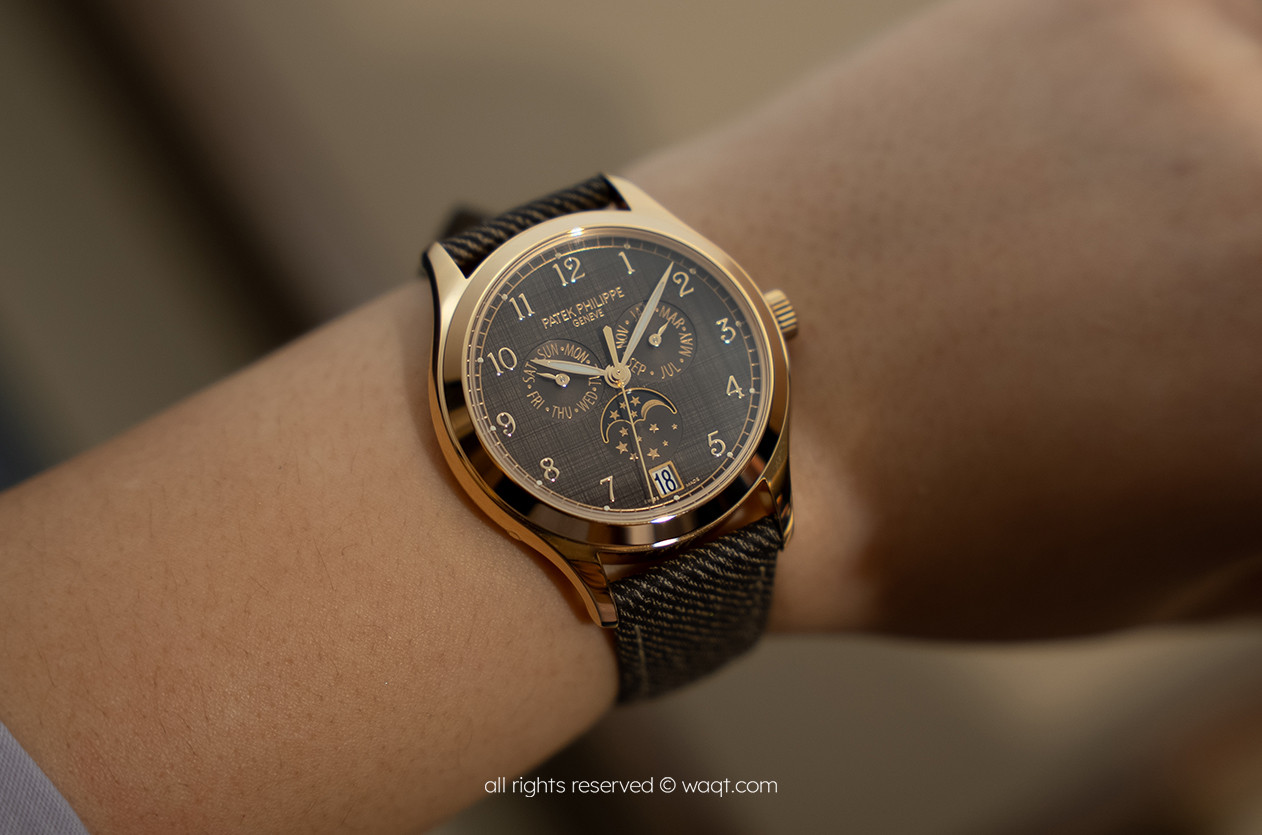
First Look The New Patek Philippe Annual Calendar Ref. 4946R

Introducing Bremont Unveils the Terra Nova Jumping Hour
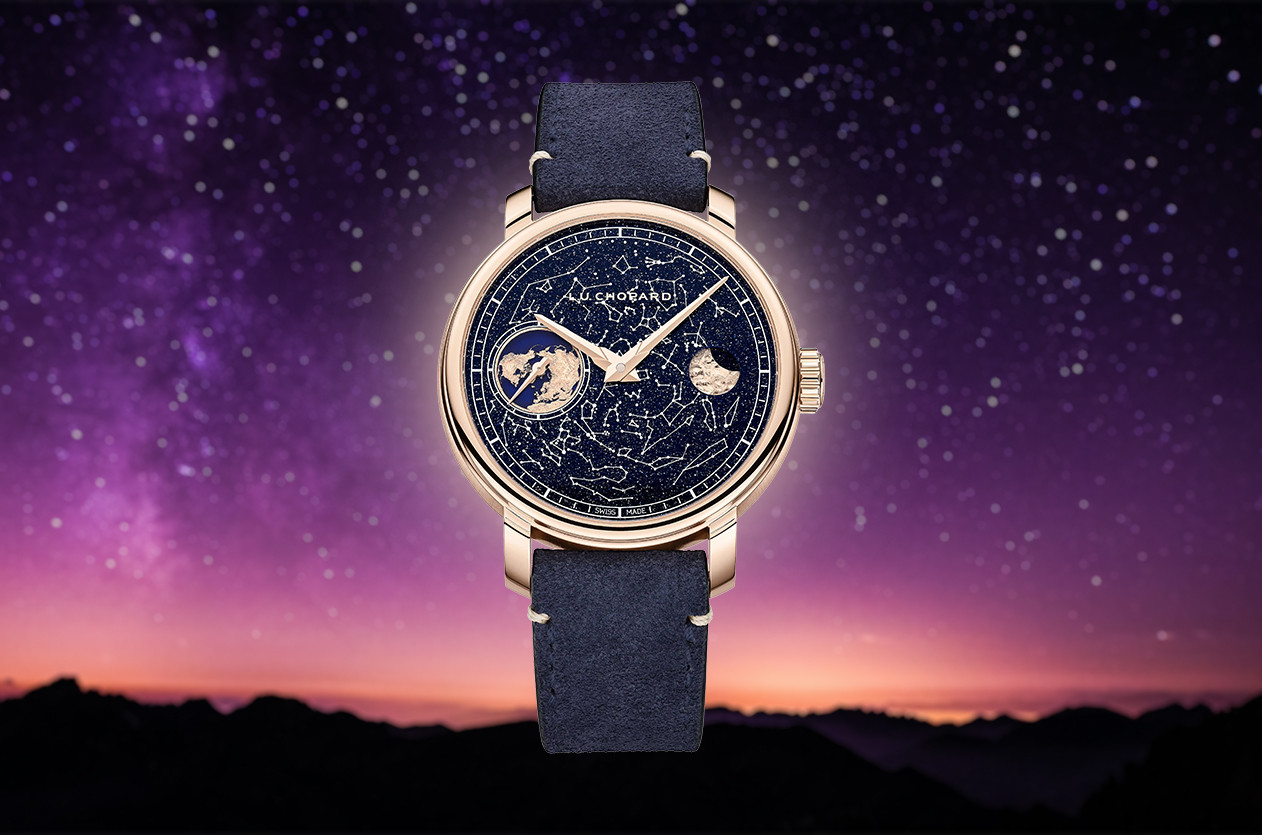
Introducing Chopard Unveils the L.U.C Heritage EHG Moon 122
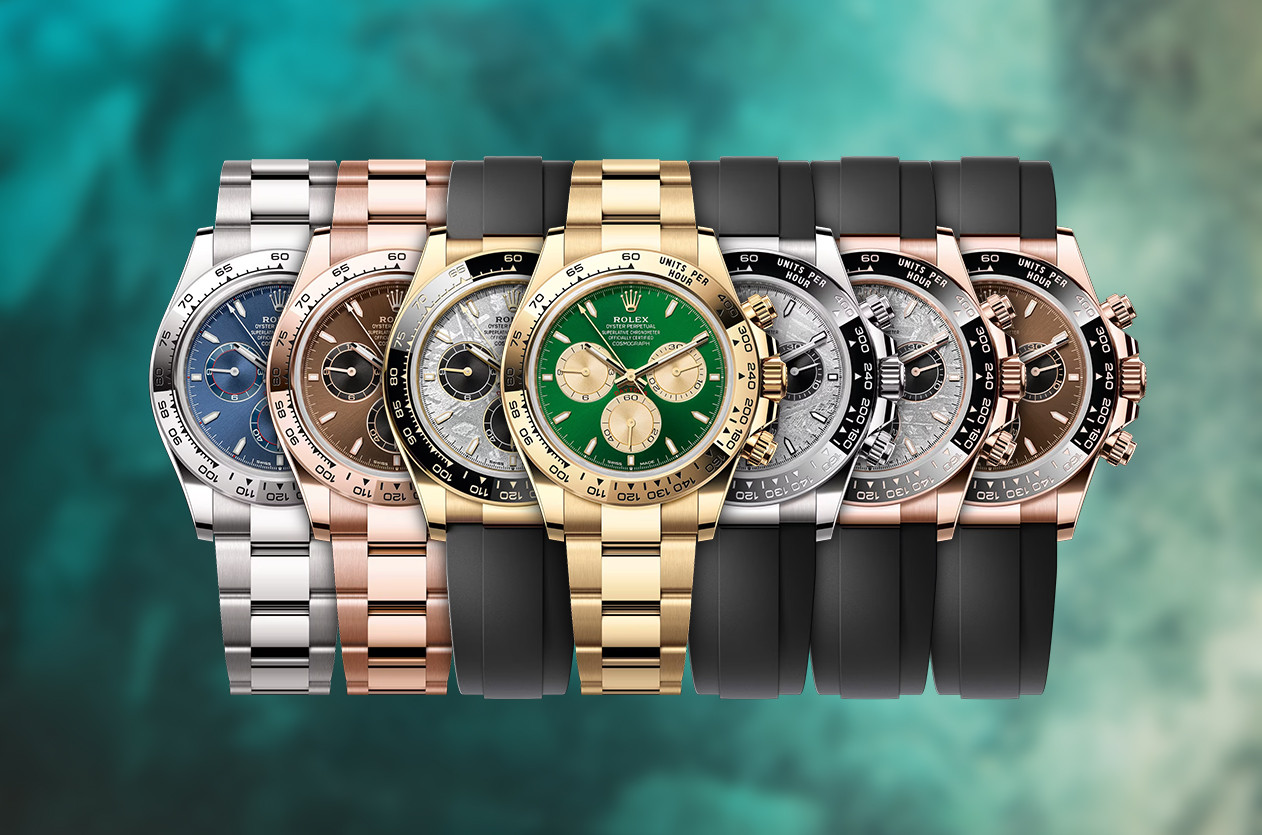
Introducing Without Fanfare, Rolex Expands the Daytona Collection with Seven New Editions
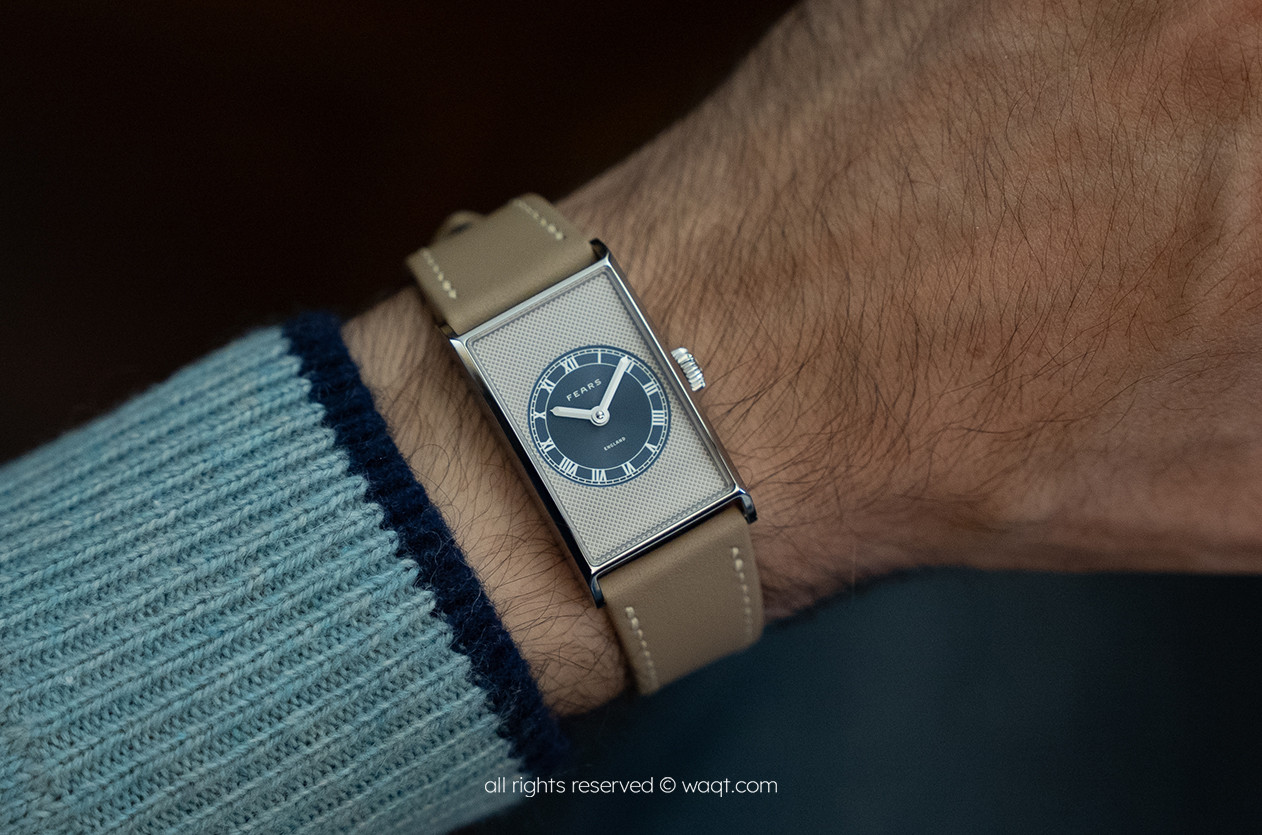
First Look Fears Bristol Unveils the Arnos Pewter Blue
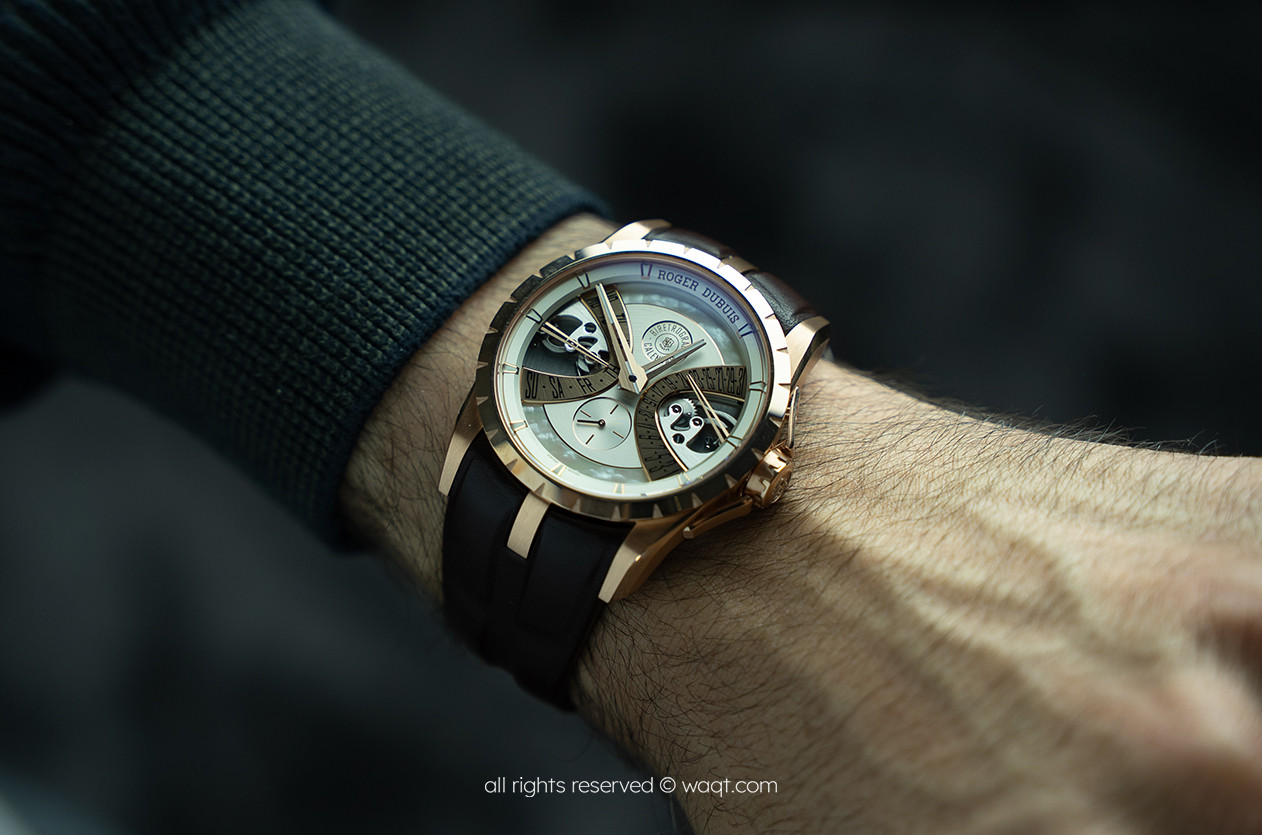
Hands on The Excalibur Bi-Retrograde Calendar by Roger Dubuis